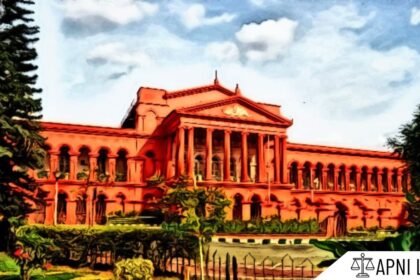Section 144 CrPC: Urgent Orders for Nuisance or Apprehended Danger
1. Code
Section 144 of the Code of Criminal Procedure (CrPC), 1973 empowers a Magistrate to issue an order to prevent the occurrence of any public nuisance or apprehended danger.
2. Explanation
This section allows the Magistrate to take swift action in situations where there is an imminent threat to public peace, order, or safety. The order can be issued in situations involving:
- Public nuisances like processions, rallies, or gatherings that disrupt public life.
- Apprehended danger of riots, violence, or any other law and order issue.
- Preventing the spread of disease or any other public health crisis.
3. Illustration
Imagine a situation where there is a rumor circulating in a town about a potential outbreak of a contagious disease. The local authorities might use Section 144 to issue an order restricting public gatherings and movements in certain areas to prevent the spread of the disease. This would allow the authorities to control the situation and implement necessary measures to protect public health.
4. Common Questions and Answers
Q: What is the duration of a Section 144 order?
A: The order can be issued for a maximum duration of two months, but it can be extended for further periods if necessary.
Q: Does Section 144 restrict the right to assemble peacefully?
A: While Section 144 might restrict the right to assemble peacefully, it is a temporary measure that is used in situations where there is a genuine threat to public order and safety. The order must be proportionate to the threat perceived.
Q: Can a person challenge a Section 144 order in court?
A: Yes, a person aggrieved by a Section 144 order can challenge it in a court of law. The court will examine the justification for the order and assess its legality.










